MUSIC: A Guide to Independent Music Media in Minnesota
Duluth writer and raconteur Paul Lundgren investigates the go-it-alone spunk that fuels MN's DIY music zine landscape
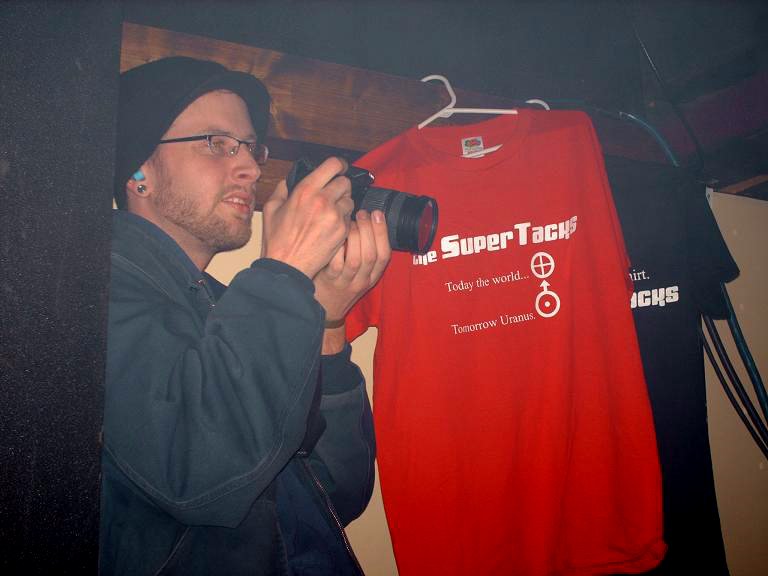
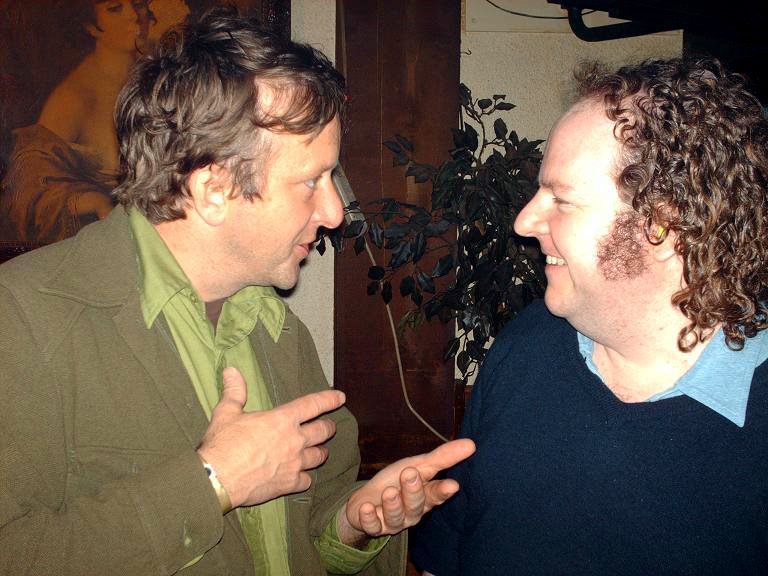
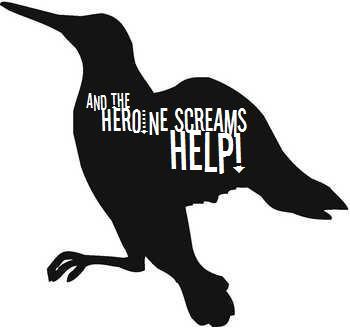
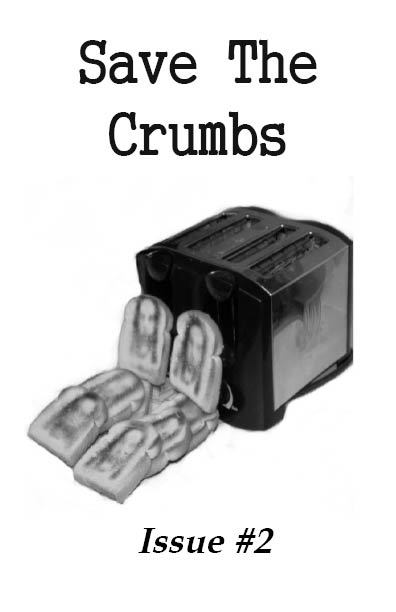
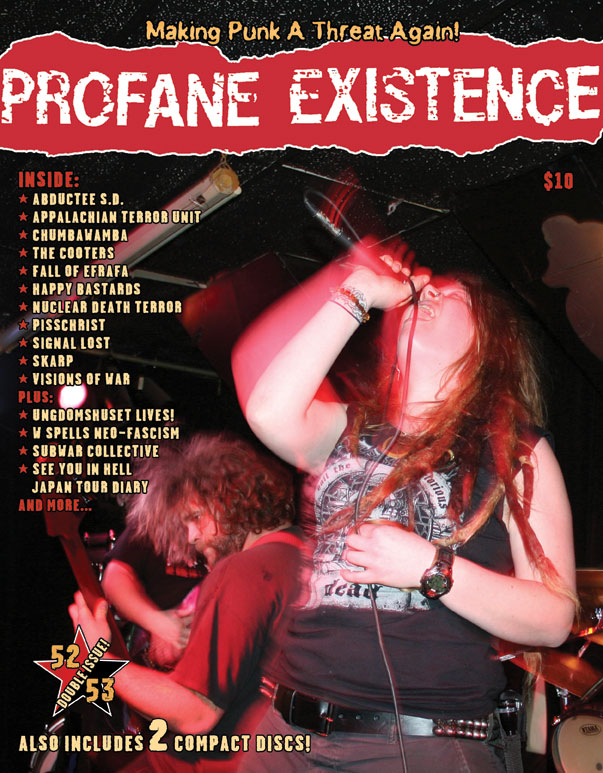
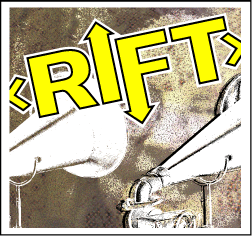

An Insider’s Tour Through DIY Music Media in
Minnesota
Dispatch by
Paul
Lundgren
Jimi
Sides beats the streets of Duluth to sell advertising. His goal is to
print enough copies of his monthly publication,
High
Plains Drifter Magazine, to meet demand. He’s been
printing 1,000 copies of each issue and says they all get picked up.
The role of salesman, Sides admits, is not one he enjoys.
“The thing I hate about the magazine is having to do business shit all the
time,” he complains. “I didn’t go to school for that, and it’s kind of a pain
in the ass. I’m super unorganized. I’m a fucking artist.”
Paul Connolly and Mat Milinkovich take a different approach. They sell no
advertising and print just 100 copies every other month of
…
And the Heroine Screams Help! They are also in Duluth.
Both these publications are deemed
’zines (short
for fan magazine), and the implication is that they are
underground operations with fewer resources than mainstream publications. But
it’s a distinction that
isn’t always readily
evident from looking at circulation figures, the quality of writing and
graphics, or by measuring what percentage of space is dedicated to
advertising.
Take
Profane
Existence, for example. Published out of South Minneapolis, the
“anarcho-punk resource magazine” has been around for nearly two decades and is
circulated internationally. Editor Dan Siskind says that doesn’t mean it’s not
a ’zine.
“It’s somewhere between a ’zine and a magazine,” he explains. “We don’t have
national distribution, we do everything ourselves. If you pick it up and look
at it you’d say, ‘yeah this is a magazine,’ but if you’re comparing it to
something that’s backed up by Time Warner or something, we’d have to be called
a small magazine or independent magazine…. We’re basically one step up from
the kids going to the store and dropping off their 50-cent ’zine,” he says.
It seems a publication can be ’zine by choice (shunning corporatization and
profit) or by accident (unable to produce and sell a product that will achieve
a solid revenue stream). Either way, these tiny publications’ go-it-alone
status lends them more credibility in some circles than mainstream music news
sources like daily newspaper arts and entertainment sections and even
alternative weeklies, which are apparently not alternative enough.
Peter Scholtes, a staff
writer for City Pages,
says no matter what his paper does to cover the Twin Cities music scene, there
will always be some disdain toward it simply because it’s become so large and
successful. Launched in 1979 as an independent music tabloid called
Sweet
Potato, the paper expanded and eventually became part of
Village Voice Media, which
merged
in 2006 with New Times Newspapers to form the largest chain of
metropolitan newsweeklies in America.
“People love to disparage it,” Scholtes says of City Pages
music coverage. “A good half of the bands that became huge were covered early
on by City Pages when nobody cared. And then, of course, once
they became huge, people are like, ‘oh you just cover this band because
they’re huge’.”
In fact, it’s the most often cited stereotype distinguishing the mainstream
music press from the underground. Either the big media outlets don’t write
enough about bands, or they only write about bands that are already popular.
…And
the Heroine Screams Help!
Paul Connolly and Mat
Milinkovich started …And the Heroine Screams Help! in
December 2005, three months
after Duluth’s
alternative newsweekly Ripsaw folded.
“The reason we started it was because we felt that no one was really writing
about the bands in Duluth anymore after the Ripsaw went away,”
Connolly recalls.
Another Duluth ’zine, called The BullHorn had already come and
gone, and the independently published weekly Transistor
offered no more than an events calendar for its music coverage. The only other
sources in the city were occasional features in the
Duluth News
Tribune’s weekly arts and
entertainment section (“The
Wave”), even less frequent coverage in a weekly shopper
(Budgeteer News)
and a sort of public-access tabloid’s attempts to fill the void
(Reader
Weekly).
So it was with little competition that
…
And the Heroine Screams Help! got its start. Connolly mentions two
’zines in particular that inspired the format: a California-based punk
publication called
HeartattaCk
(published 1994-2006) and a Twin Cities arts magazine,
Ladies & Gentlemen,
with clever sizing that allowed the mag to serve as a full-size record
album sleeve.
“When I go into record stores and look for ’zines, I always like the handmade
stuff, the really DIY-looking things,” Connolly explains. “I always find those
the best.” …And the Heroine Screams
Help! shares those mags’ rough-hewn sensibility—it’s half the size of the
standard 8.5-by-11-inch publication and is held together with two nuts and
screws.
Seriously.
Unsure whether their new publication could actually sell in Duluth, they
decided to give it away. Without a cover price or any advertising, Connolly
and Milinkovich (both musicians) hold a benefit concert with the release of
every issue to cover their costs. Local bands play the
showcases for free, and a show this past April drew about 60 or 70 people.
“I think we made about $175 or so,” Connolly explains, “but we had to give
$100 to the sound guy.” Merchandise sales offer a better margin for them, as
do summertime shows that draw a lot of high school kids.
Jimi Sides also holds benefit shows for his monthly
High
Plains Drifter Magazine, even though he sells advertising.
“I usually fall about $300 short on advertising,” he says. “So I make it up
with the shows. One month we made about $400 for the magazine, and had a
little money left over to buy a hard drive.”
Sides, who was an unpaid photographer for the last five issues of
Ripsaw, is a 26-year-old St. Cloud native who has lived in
Duluth for seven years. He jumped into the ’zine world in October 2006 after
shopping his services in vain everywhere else in town.
“It was out of frustration,” he says. “I just wanted experience. I went to a
bunch of places and tried to apply to get a job and it was like ‘well, you
have to have three years of experience.’ I went to (the
University of Minnesota-Duluth) for six
years, can that count for something? It makes me mad that you pay so much to
go to school, do all this stuff, and you can’t catch a fucking break.”
As a publisher, Sides benefits from some pretty substantial local support—his
printer routinely cuts him a deal on his monthly bill, he’s got some solid
local advertisers—but the going is still hard.
While …And the Heroine Screams Help! focuses almost entirely
on covering Duluth-area bands, Sides goes in for a bit more variety in
High Plains Drifter, incorporating a handful of columnists, a
three-page horoscope column in giant font, random features like a two-page
spread devoted to comic strips (called “illustrated laughing boxes”) and a
pair of clip-out recipes.
Dustin
Wilmes, publisher of a new ’zine in Mankato, is following Connolly and
Milinkovich’s lead in style if not substance. He recently printed 100 copies
of the second issue of Save the Crumbs, an advertisement-free,
pop culture-focused, every-other-month publication with just a small dab of
music news. It’s a small world: he went to Le Sueur-Henderson High School with Connolly.
“I was inspired by him, definitely,” Wilmes says of Connolly. “Maybe a little
jealous, too, I don’t know. When I finally got my stuff together and wanted to
put something out he was the first person I got a hold of to get some advice
from.”
“It’s me that basically puts it all together. There are two other people that
help me fund it, so, it’s definitely the DIY kind of thing. We wanted to put
something out there to maybe inspire other people to start up things and kind
of make Mankato a little cooler.”
As you’d expect, all of these ’zines make use of web resources like MySpace
(for some, their MySpace page is their only website), and Wilmes posts
all
Save the Crumbs’ content online.
But while many independent rock-and-roll journalists have taken to the
Internet exclusively in recent years, Wilmes insists the appeal of the printed
page is still strong. “It’s definitely cool to have a hand-printed copy to
keep for yourself so ten years down the line you can still look at it. It’s
more of a sense of accomplishment than saying, ‘hey, check out my blog’.”
Competition among indie music media outlets in Mankato and Duluth may be slim,
but in the Twin Cities it’s heated.
Rift, a free
monthly out of Minneapolis, is probably the best example of a regularly
published ’zine in that market. It appears to have strong advertising support
though, which may cost Rift its ’zine status.
City Pages’ Peter Scholtes perhaps best defines the line: “The
point at which you are able to pay a staff, maybe that’s when you become a
magazine. I’m assuming that the people on staff at these various publications
[bigger magazines and newspapers]—whether they’re editing or writing—are able
to make a living at around the level of a teacher, at least
that’s where I am. I think I get paid around $32,000 or something. No ’zine
could pay that. Anyone writing for a ’zine is just writing purely to support
the local music scene. And that’s great.”
Scholtes also observes that, even though there are a lot of publications
covering Twin Cities music, Rift is a welcome addition. “Its
comprehensiveness is extremely valuable because we’ve reached the point where
there are more local CDs released—even among the papers that exist—than there
is newsprint to cover them. [Rift’s coverage]
catches things that other people might miss. I think they have amazing art
direction… it looks really good.”
The Twin Cities has also seen two new weekly publications entering the market
in recent years to compete with City Pages.
The Onion,
a lampoon newspaper that began in Wisconsin and in 2004 launched a Minneapolis
office, publishes a serious arts and entertainment section
(the A.V.
Club) that includes regional music writing.
Vita.mn, a newsweekly owned
by Minneapolis’ Star
Tribune and launched in 2006, is focused primarily on arts coverage.
Another indie media resource, the ten-year old weekly
Pulse of the Twin Cities,
ceased publishing its print edition in May but will continue some of its
coverage online.
The Elusive
Weekly Freak
Another made-in-Minnesota music publication that circulates far and wide is
Weekly Freak, a
magazine which claims to publish “mostly on the full moon” out of Spring Park.
Timmy “Freak” Smith is founder, editor and publisher.
Several calls were made to Weekly Freak for this story. Each
time the same message was heard: “The mailbox belonging to ‘Freakazoid’ is
full. Please hang up.”
About the writer:
Paul
Lundgren is a Duluth-based freelance writer who feels obligated to
disclose that he is a columnist for Transistor and a former
managing editor of the now-defunct Ripsaw. He also grudgingly
admits to a brief term as editor of Reader Weekly, back when
it was called Northland Reader.
Wanna handpicked sampling of some Minnesota DIY media offerings?
CLICK
HERE for Paul Lundgren’s
cheatsheet
for homegrown ‘zines, online radio stations, websites, TV shows, and
more.